
Taking financial, emotional and physical abuse together, allegations of mistreatment have more than doubled in L.A. and Riverside counties since 2005. In Orange and Ventura counties, that number has nearly tripled over the same time period.

Taking financial, emotional and physical abuse together, allegations of mistreatment have more than doubled in L.A. and Riverside counties since 2005. In Orange and Ventura counties, that number has nearly tripled over the same time period.

The series has received support from the Fund for Journalism on Child Well-Being, a program of USC's Center for Health Journalism....
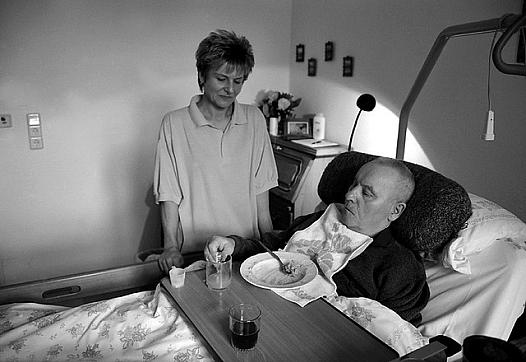
Reporters file the same stories about bad nursing homes year after year. Little changes. But what if we did more to help families find the right facilities in the first place?
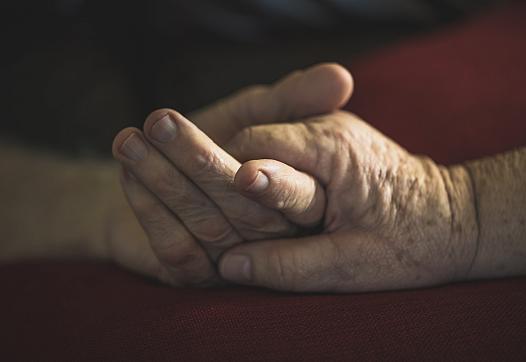
Author and physician Sunita Puri talks to journalist Fran Smith about why journalists should be telling these stories — and how they can do so in a more thoughtful way.

It can be very difficult to find long-term care in California, and it’s even harder for families without a nest egg to pay for it. That spells trouble, because California is getting older.
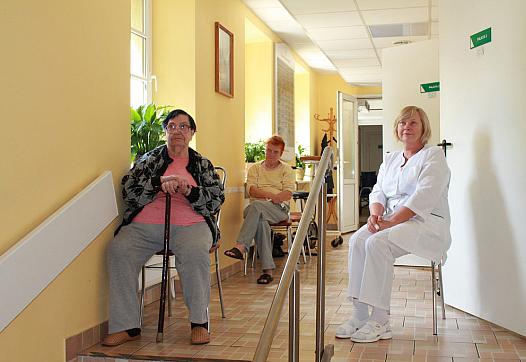
In Orange County, older adults die of Alzheimer’s disease at a higher rate than their peers in most of the country — it’s the third leading cause of death for the group, compared to the sixth nationwide.
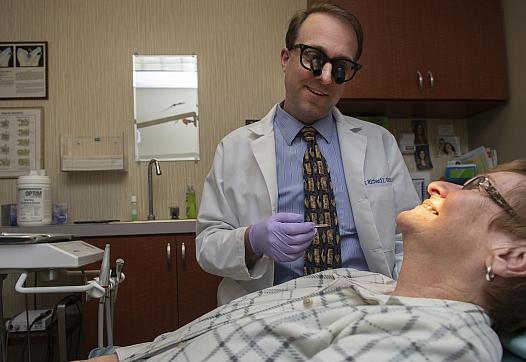
Binghui Huang wrote this series as a project of the National Health Journalism Fellowship, a program of the University of Southern California's Annenberg School of Journalism.
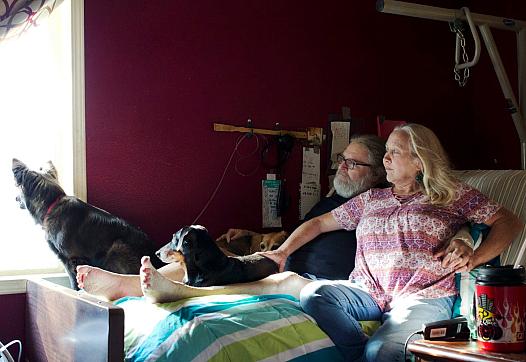
There’s strong evidence that palliative care can improve the quality of life for terminal and chronically ill patients, while reducing emergency room visits and hospitalizations by as much as half.

An actor-turned-activist founded the "We Got This" program five years ago. It is aimed squarely at boys like Maleak, who has a father in prison, a mother struggling to make ends meet and, often, lots of pent-up anger.

As the country faces a deluge of older patients, emergency departments nationwide are seeking ways to improve senior care.